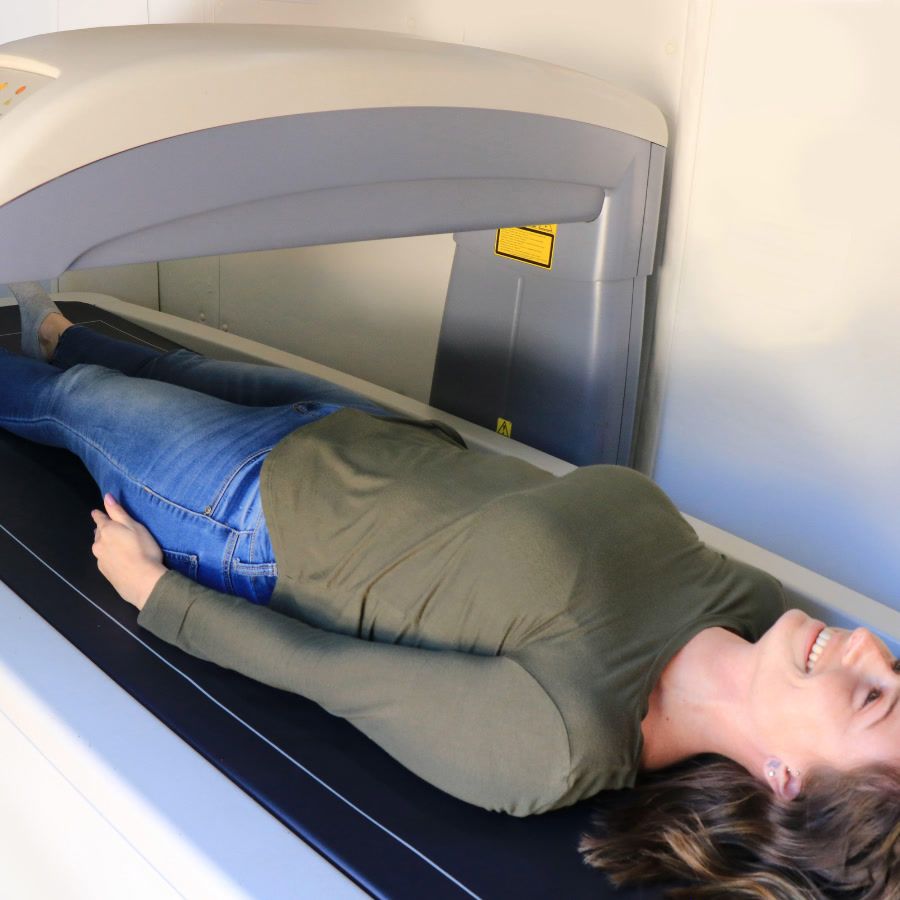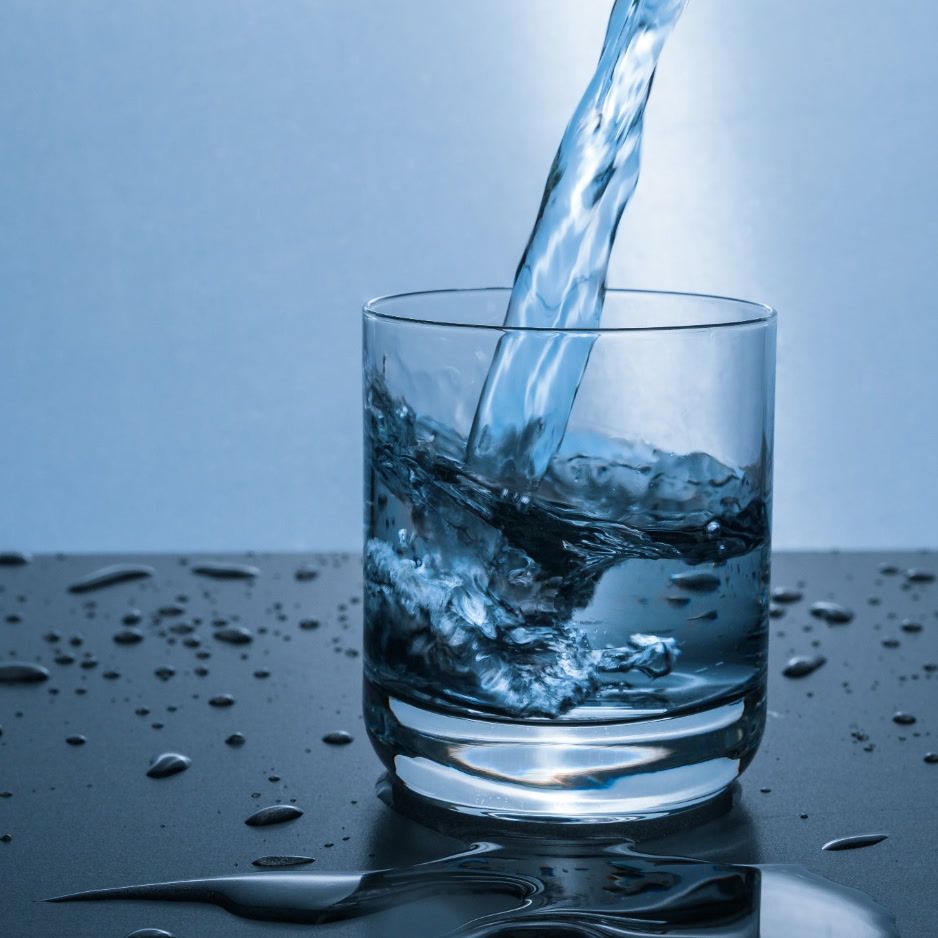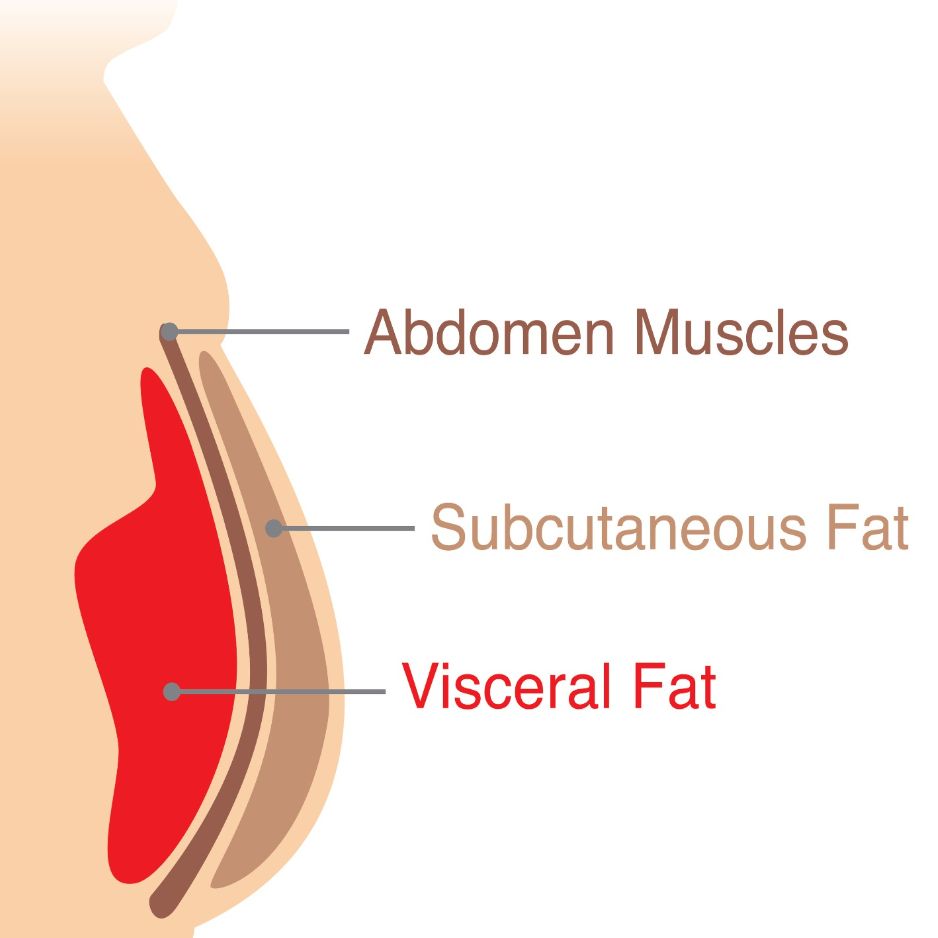Sleep Apnea and Weight Loss: A Data-Driven AHI Guide

Sleep Apnea and Weight Loss: Data-Driven AHI Guide
Fortunately, weight loss is one of the most reliable methods for mitigating—and in some cases, resolving—obstructive sleep apnea (OSA). Excess body weight narrows your airway and worsens nighttime breathing, while the poor sleep that follows sabotages metabolism and appetite control. This guide delivers hard data, step-by-step tactics, and a simple formula to estimate how every pound you drop could translate into smoother, quieter sleep.
How Excess Weight Fuels Obstructive Sleep Apnea
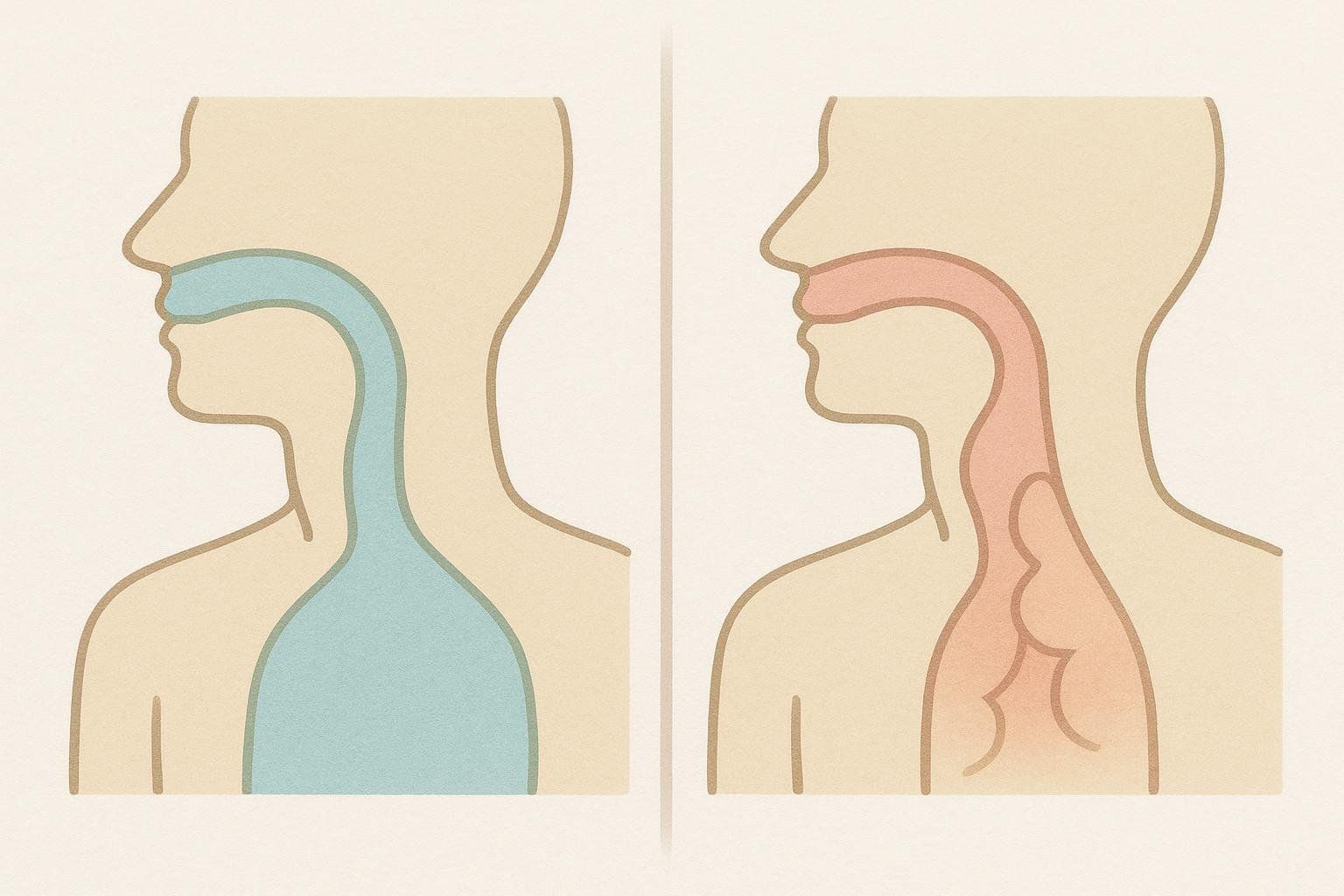
| Mechanism | What Happens | Why Weight Matters |
|---|---|---|
| Pharyngeal fat deposits | Fat pads crowd the upper airway, making it collapse more easily during sleep | Neck circumference > 17″ (men) or > 16″ (women) is a strong risk factor for OSA |
| Abdominal pressure | Visceral and subcutaneous belly fat push up on the diaphragm, shrinking lung volume | This reduces lung capacity and the passive tension that helps hold the airway open |
| Inflammation & hormones | Fat tissue secretes cytokines that inflame throat tissues; poor sleep alters ghrelin (hunger) & leptin (satiety) | Vicious cycle: hunger up, activity down |
Source: Sleep Foundation
How Much Weight Do You Need to Lose to Improve Sleep Apnea?
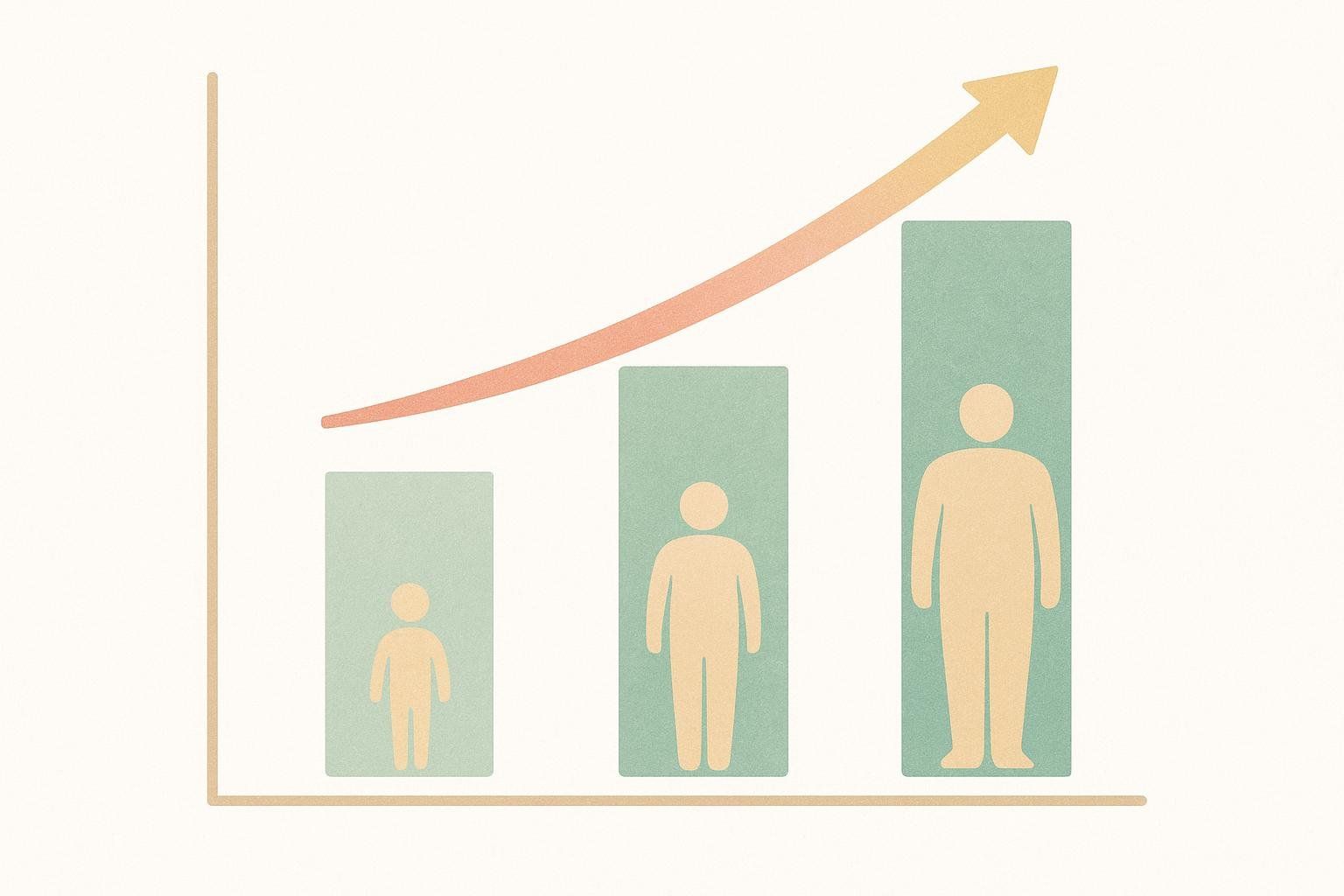
Research shows a nearly dose-response relationship: about 0.78 apnea-hypopnea events per hour (AHI) disappear for every kilogram of weight you shed (Sleep AHEAD trial). Even modest losses pay dividends:
| % Body-Weight Lost | Typical AHI Change | OSA Severity Shift |
|---|---|---|
| 5 % | − 5–8 events/hr | Severe → Moderate |
| 10 % | − 10–15 events/hr | Moderate → Mild |
| 15 % | ~50 % overall drop | Mild → Possible remission |
Estimating Your AHI Reduction
- Convert pounds to kilograms. Divide intended weight loss (lb) by 2.2.
- Multiply by 0.78. This estimates your AHI reduction (events/hr).
- Subtract from baseline AHI to project your new score.
- Locate the severity tier (mild 5–14, moderate 15–29, severe ≥30).
This is a population average—not a guarantee. Confirm progress with repeat sleep testing.
Step-By-Step Weight Loss Protocol for OSA
- Calorie Target: ≈ 20 % below maintenance. Determine this accurately with a Resting Metabolic Rate test.
- Protein & Macros: ≥ 1.6 g protein/kg body weight—supported by a 2018 systematic review as optimal for preserving lean tissue during weight loss.
- Meal Timing: Front-load calories; heavy late-night meals can worsen reflux and OSA.
- Sample Day: Greek yogurt + berries → quinoa-chickpea salad → salmon with roasted veggies & olive oil → herbal tea.
Exercise
- Aerobic goal: 150–300 min/week brisk walking, cycling, or swimming—10-minute bouts count.
- Strength training: 2–3 full-body sessions/week maintain lean mass and metabolic rate.
- HIIT option: 20 min, 3×/wk (physician-cleared) to accelerate fat loss.
Behavior: Sleep Hygiene & Appetite Control
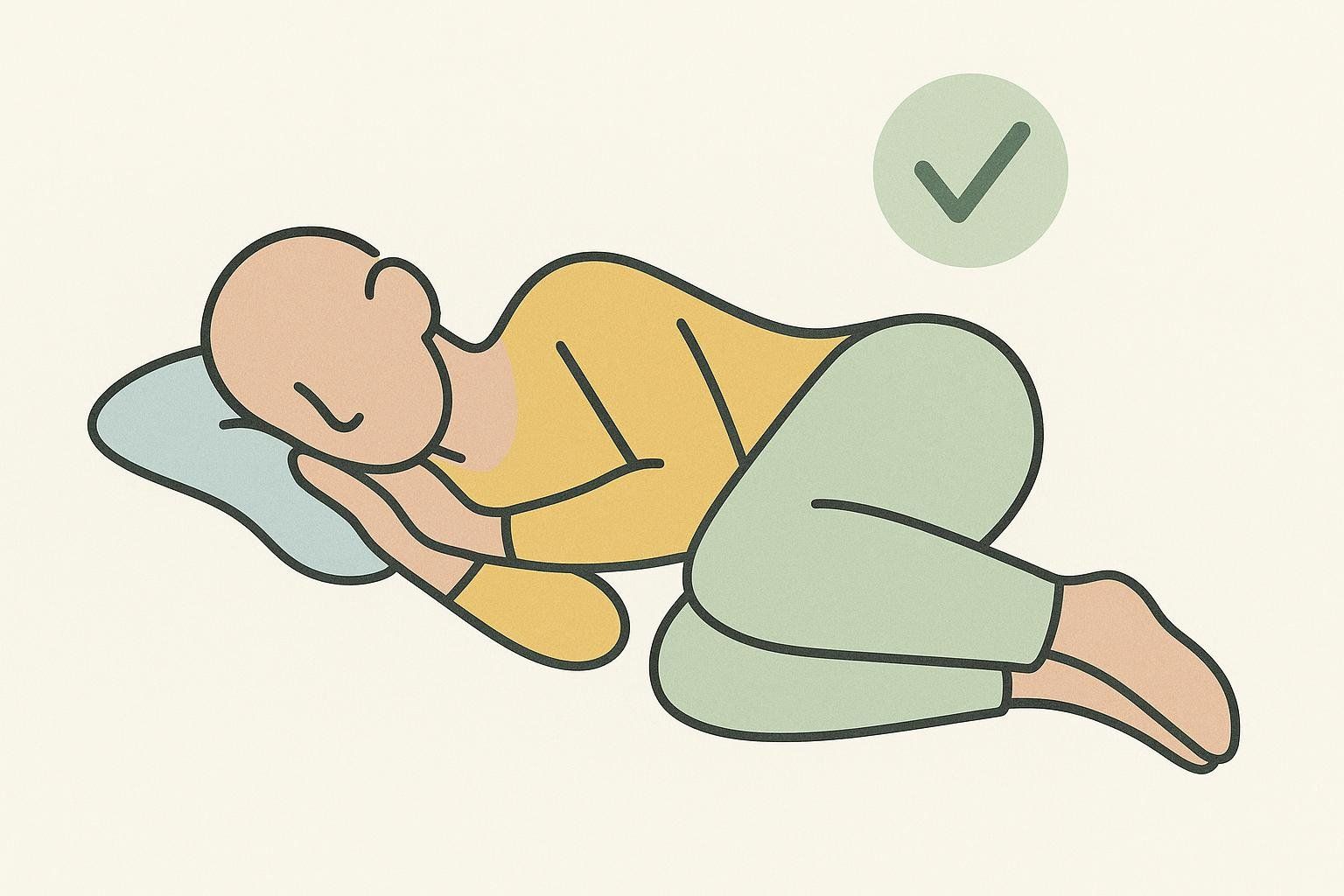
| Habit | OSA Benefit |
|---|---|
| Consistent bed/wake times | Stabilizes circadian rhythm, curbs hunger swings |
| Side-sleeping | Less airway collapse vs. back-sleeping |
| Alcohol cutoff ≥ 3 hr pre-bed | Prevents throat-muscle relaxation spikes |
| Stress reduction (box breathing, meditation) | Lowers cortisol-driven cravings |
Optimizing CPAP While You Lose Weight
Weight loss changes airway anatomy, so CPAP settings may need adjustment:
- Re-titrate after every ~10 lb lost or if leaks/pressure discomfort arise.
- Refit the mask: Slimmer facial contours often need a smaller cushion.
- Track nightly data: Most devices display AHI—watch how it trends with the scale.
Medications & Surgery: Where Do They Fit?
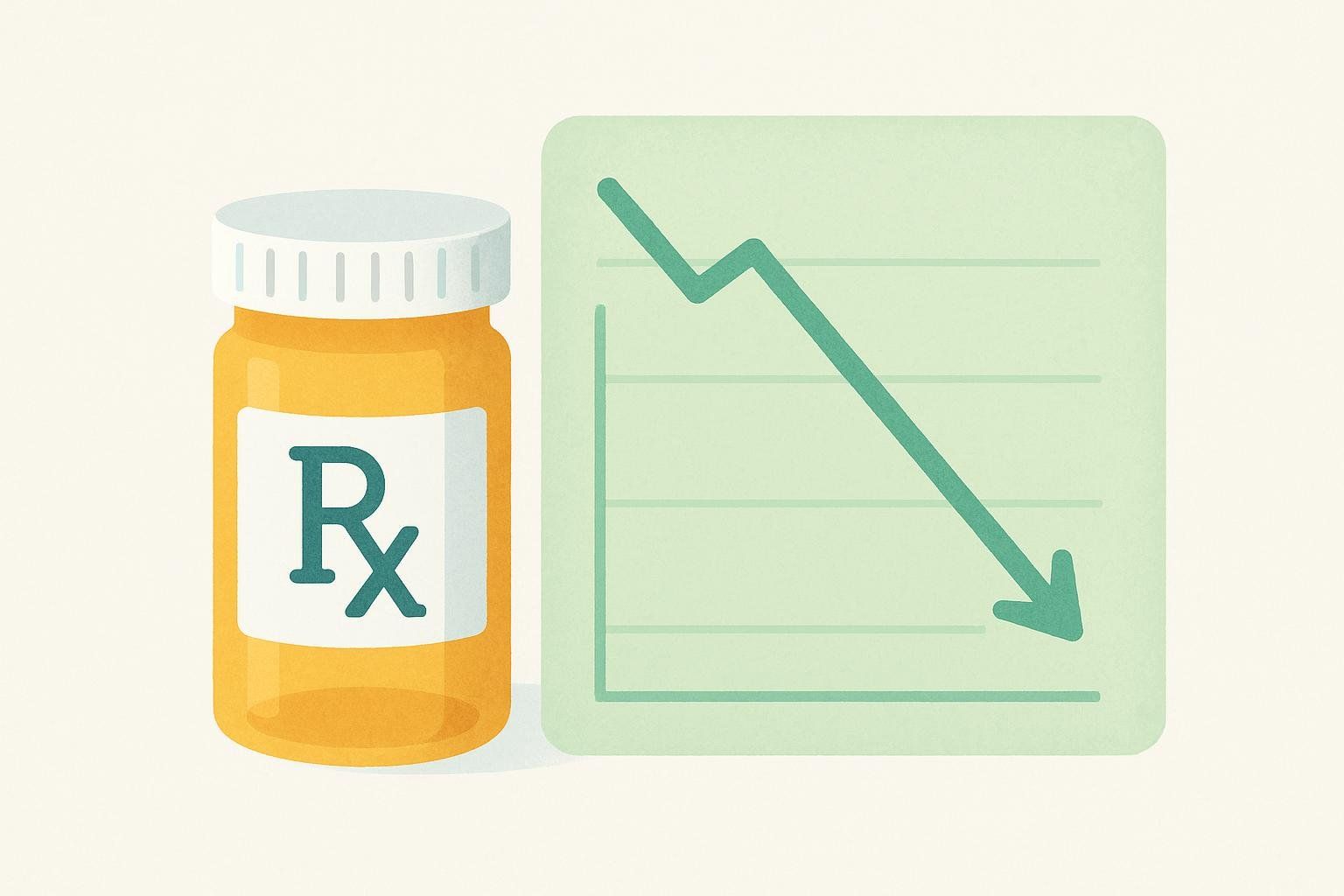
| Option | Evidence for OSA | Ideal Candidates |
|---|---|---|
| GLP-1s (tirzepatide; Zepbound) | FDA-approved in 2024 as the first drug for moderate-to-severe OSA; pivotal trials delivered ~17 % weight loss and significant AHI reductions (FDA press release) | BMI ≥ 30 kg/m² (or ≥ 27 with comorbidity) not reaching goals with lifestyle alone |
| Bariatric surgery | Findings from a 2024 meta-analysis in Sleep Medicine show ≥ 36 % AHI drop for every 10 % BMI reduction after surgery | BMI ≥ 40, or ≥ 35 with severe OSA |
| Oral appetite suppressants | Small trials suggest modest AHI improvements parallel to 5–8 % weight loss (AASM clinical practice guideline) | Short-term bridge while refining habits |
Discuss risks, benefits, and costs with a qualified professional.
Example: A 9% Weight Loss Scenario
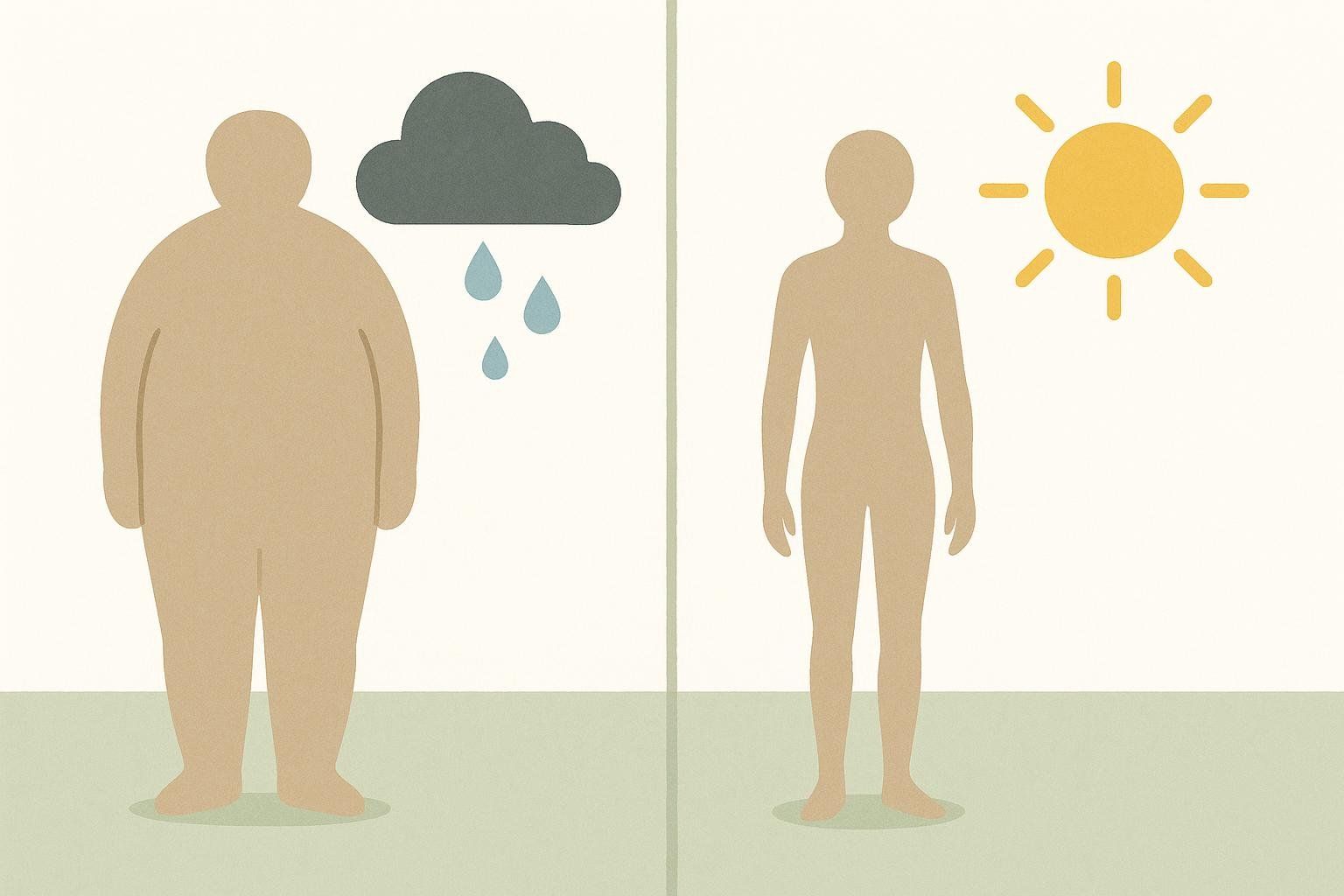
Note: This is a composite example based on clinical averages and is not a guaranteed result.
| Metric | Baseline | 12 Weeks |
|---|---|---|
| Body weight | 238 lb | 218 lb (−20 lb) |
| BodySpec DEXA fat % | 34 % | 30 % |
| Visceral fat area | 165 cm² | 120 cm² |
| AHI (home test) | 24 events/hr | 12 events/hr |
| CPAP pressure | 11 cm H₂O | 8 cm H₂O |
Track Progress with BodySpec DEXA Scans
Bathroom scales don’t reveal where weight comes from. That's where a BodySpec DEXA scan provides critical insight. A scan pinpoints visceral fat, neck and trunk fat mass, and lean muscle—metrics that all influence OSA risk. Learn more about how DEXA scans measure visceral fat and why that matters for sleep apnea.
Frequently Asked Questions
Does CPAP make it harder to lose weight?
Short-term studies find CPAP can improve appetite hormones like ghrelin; long-term weight changes vary. Prioritize quality sleep to fuel consistent workouts and meal prep.
Can exercise alone improve OSA even if I don’t lose weight?
Yes. Regular aerobic training can lower AHI by ≈ 4 events/hr via improved respiratory muscle tone and fluid redistribution—even without scale changes.
How often should I reassess my AHI?
At baseline, after every 5–10 % weight loss, and whenever symptoms change. Home sleep tests make follow-up convenient.
Your Next Steps

- Estimate your potential AHI drop using the formula above.
- Book a BodySpec DEXA scan to establish your baseline.
- Implement the nutrition, exercise, and sleep hygiene roadmap.
- Re-scan & retest every 8–12 weeks—adjust, celebrate, repeat.
Strategic, measured weight loss can transform both your nights and your days—let BodySpec quantify the body-composition changes that support improved breathing and metabolic health.
